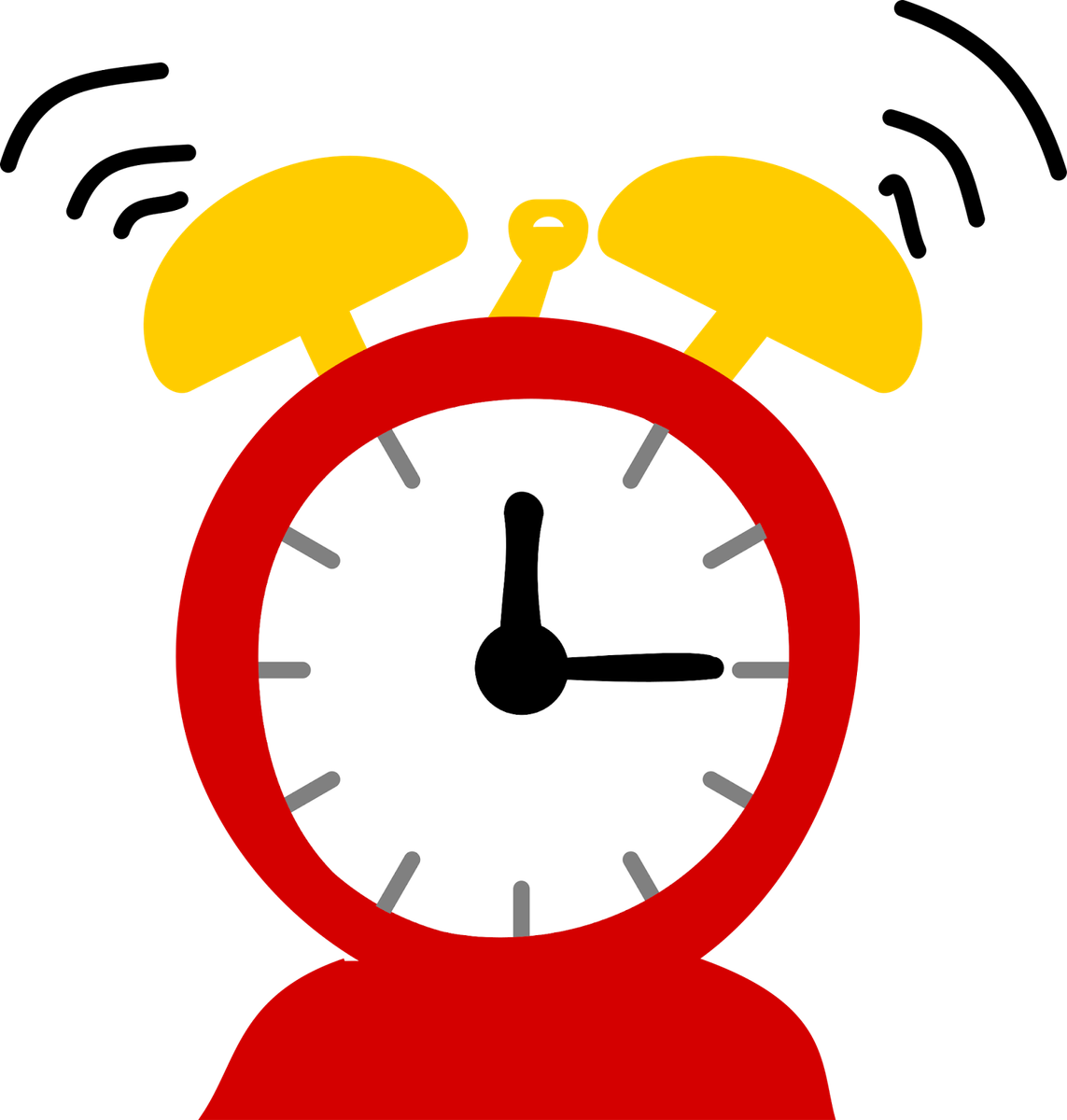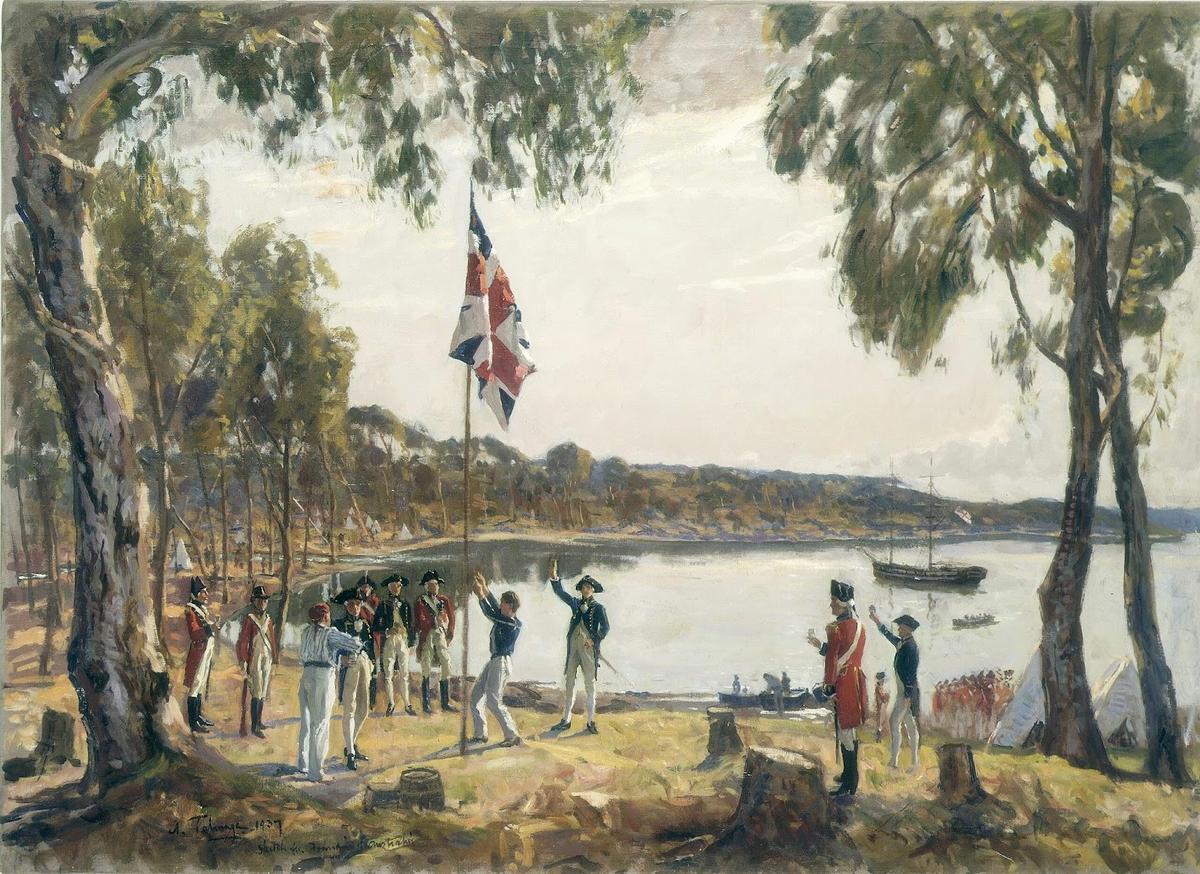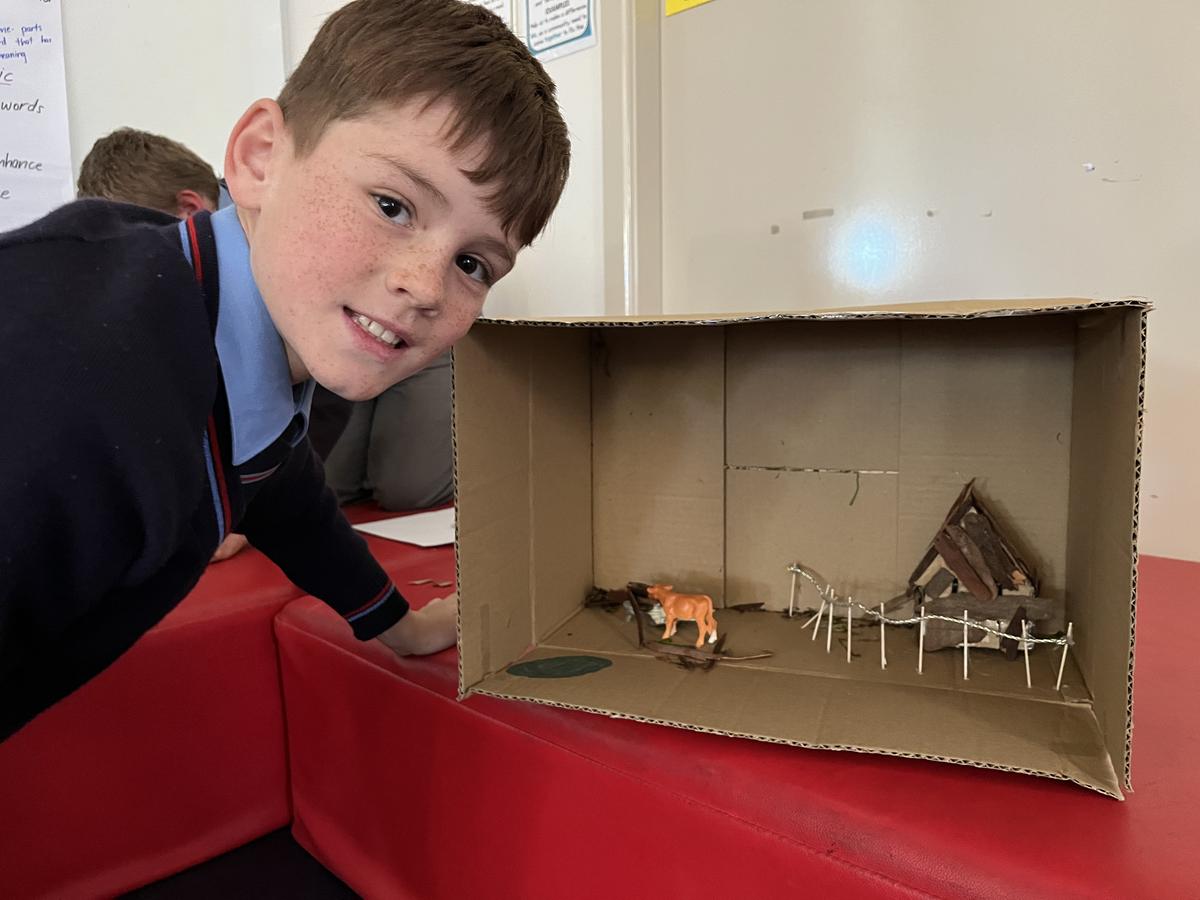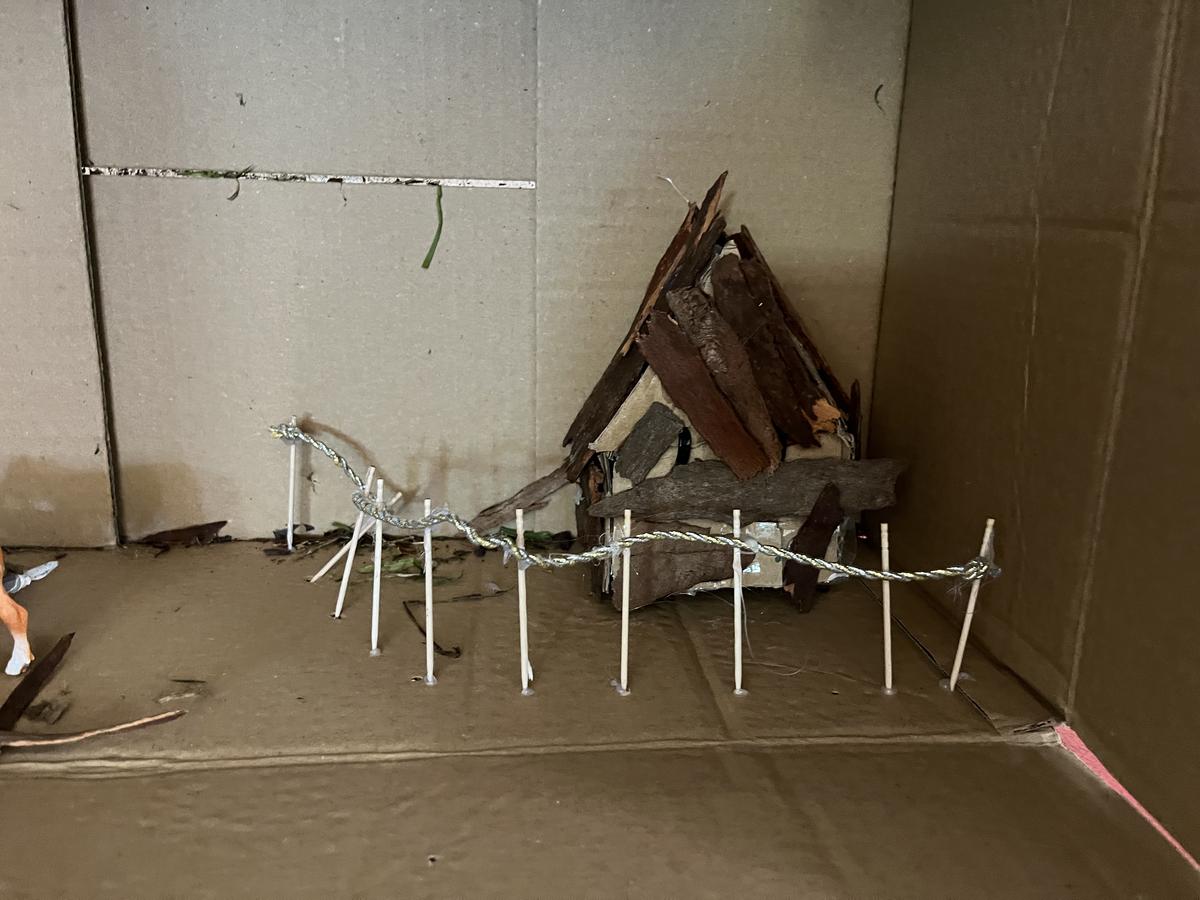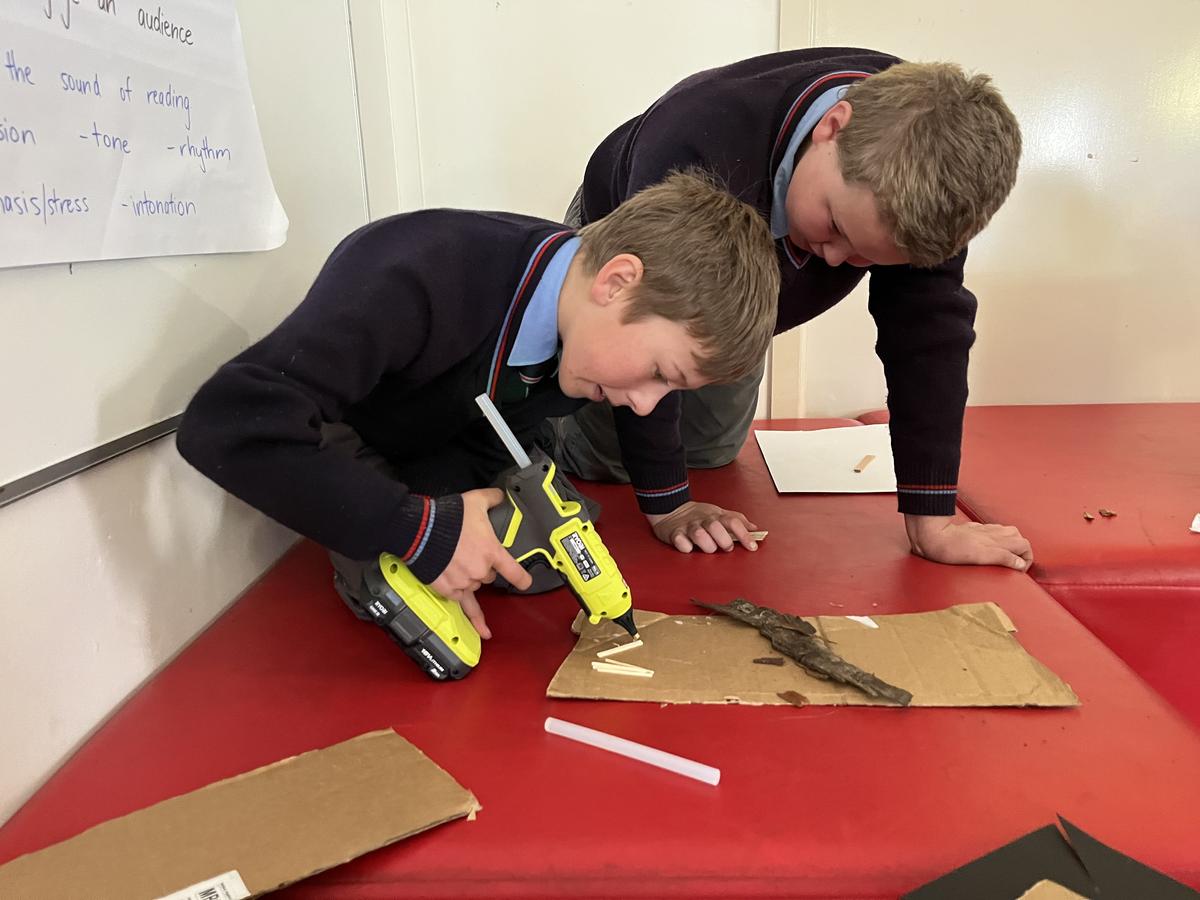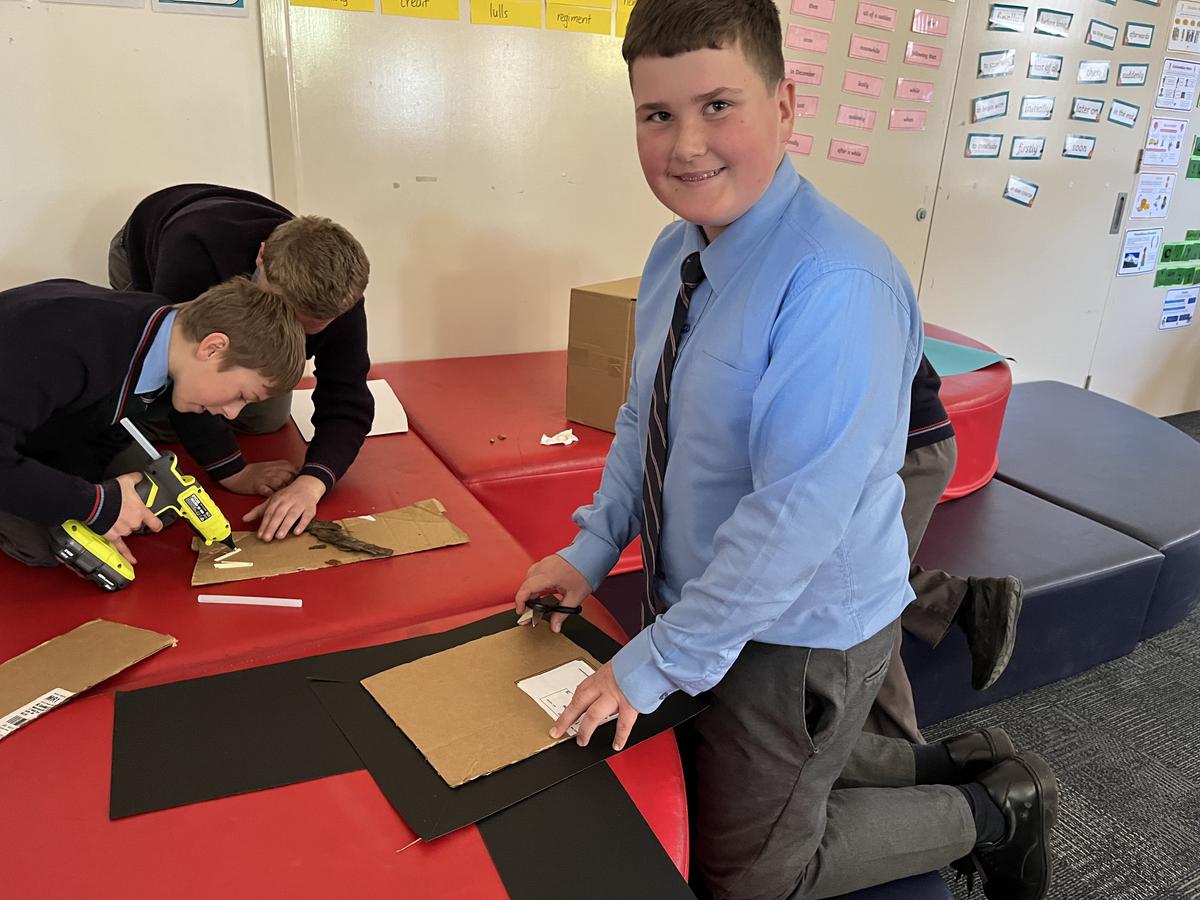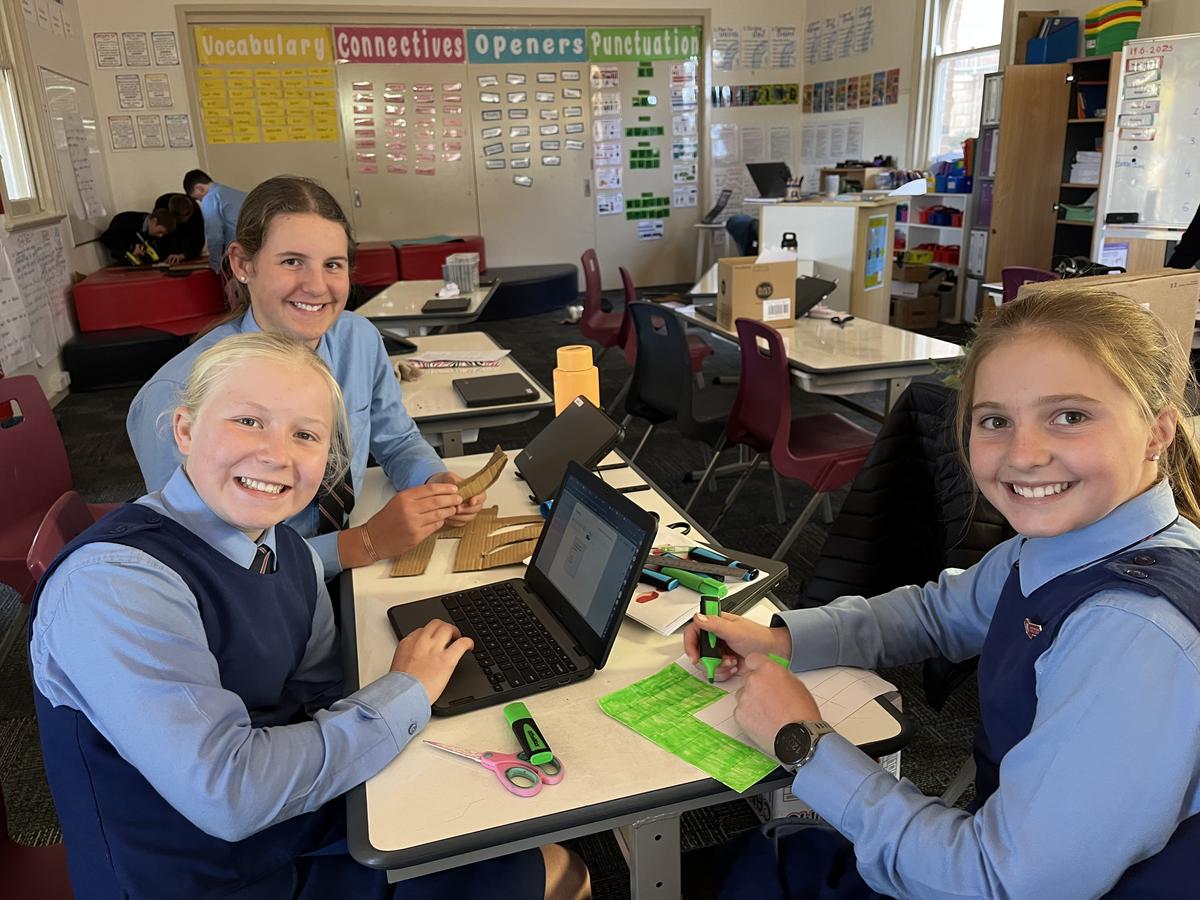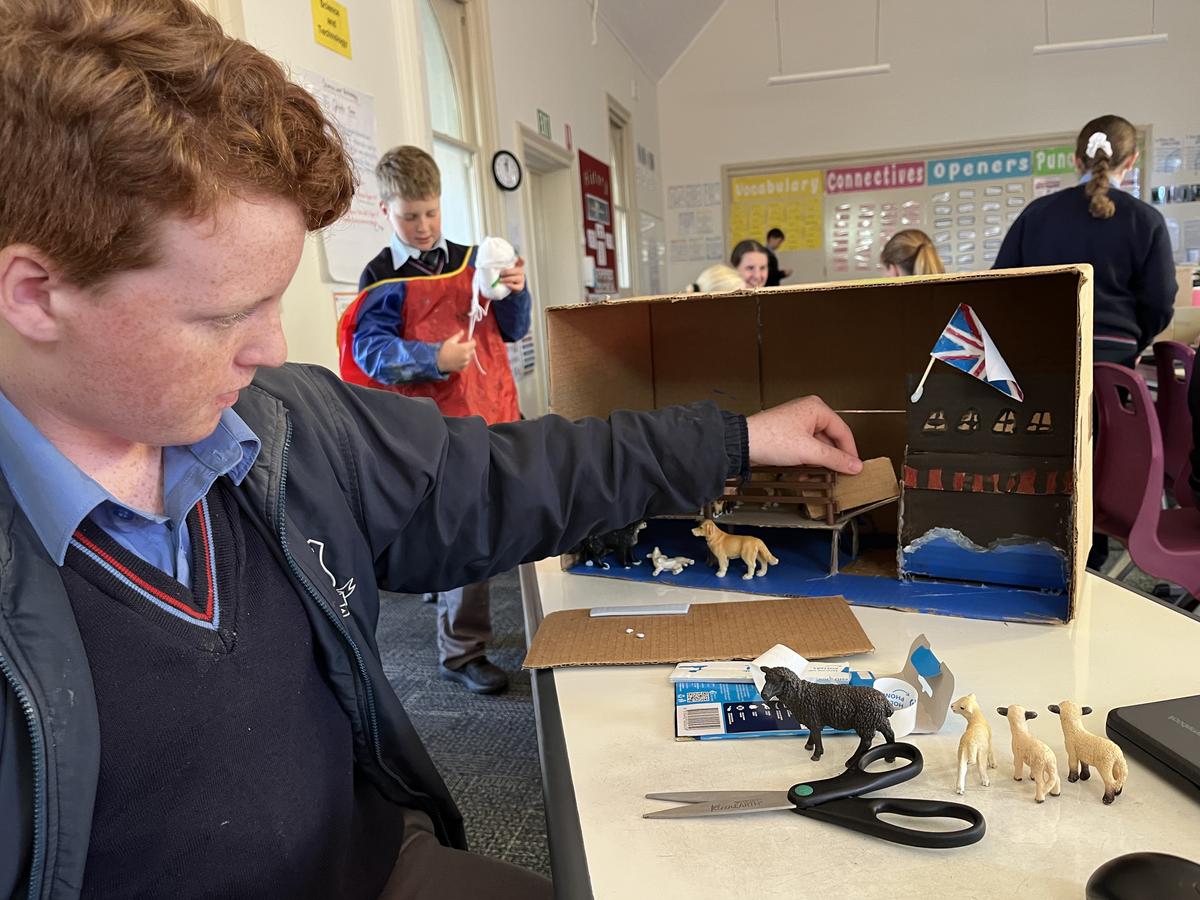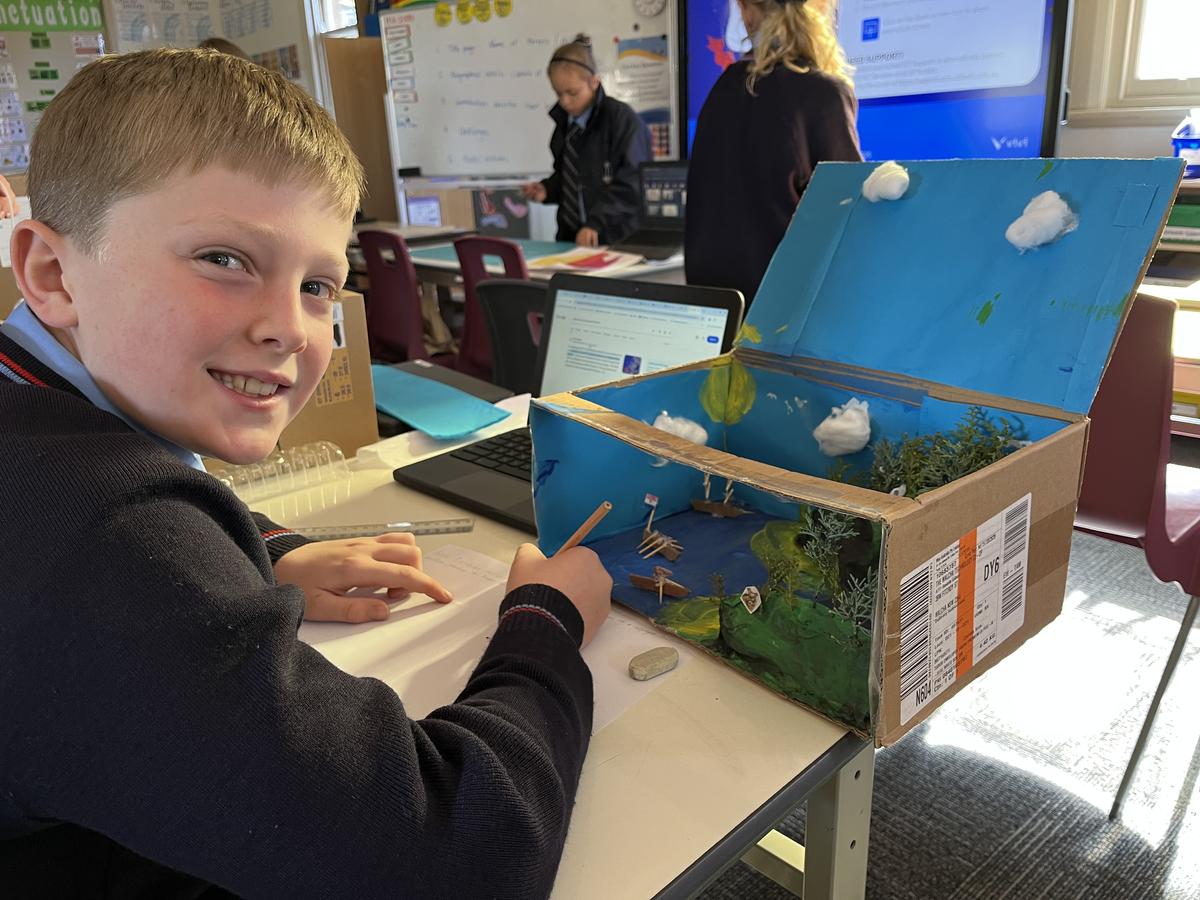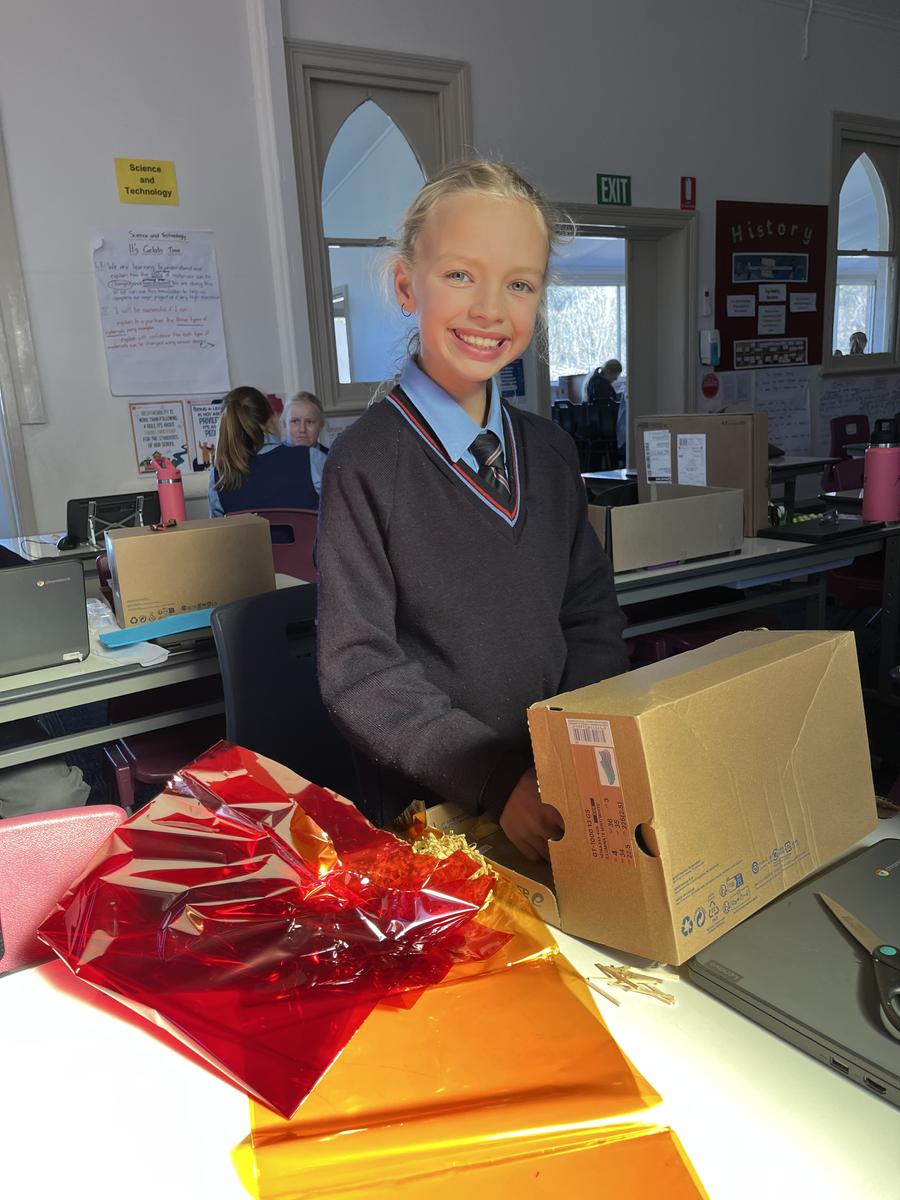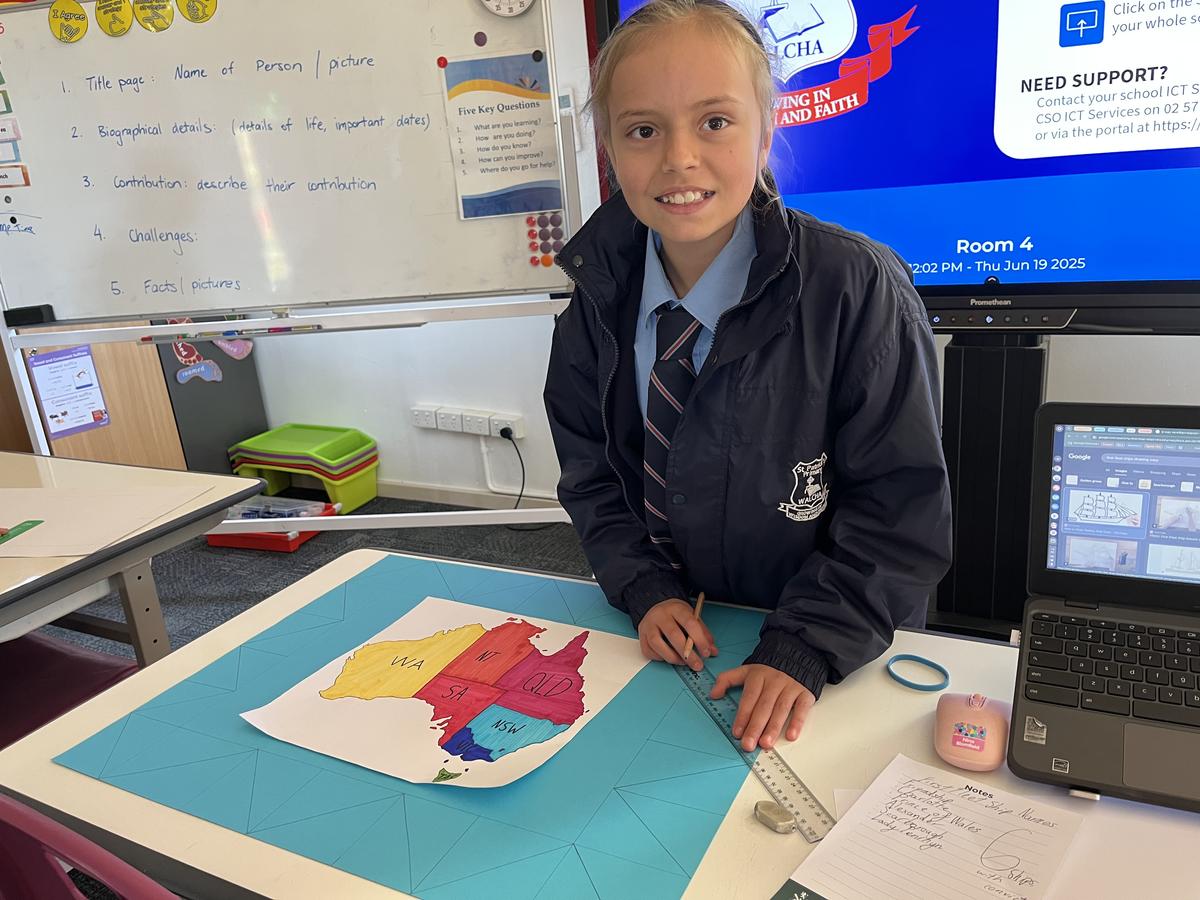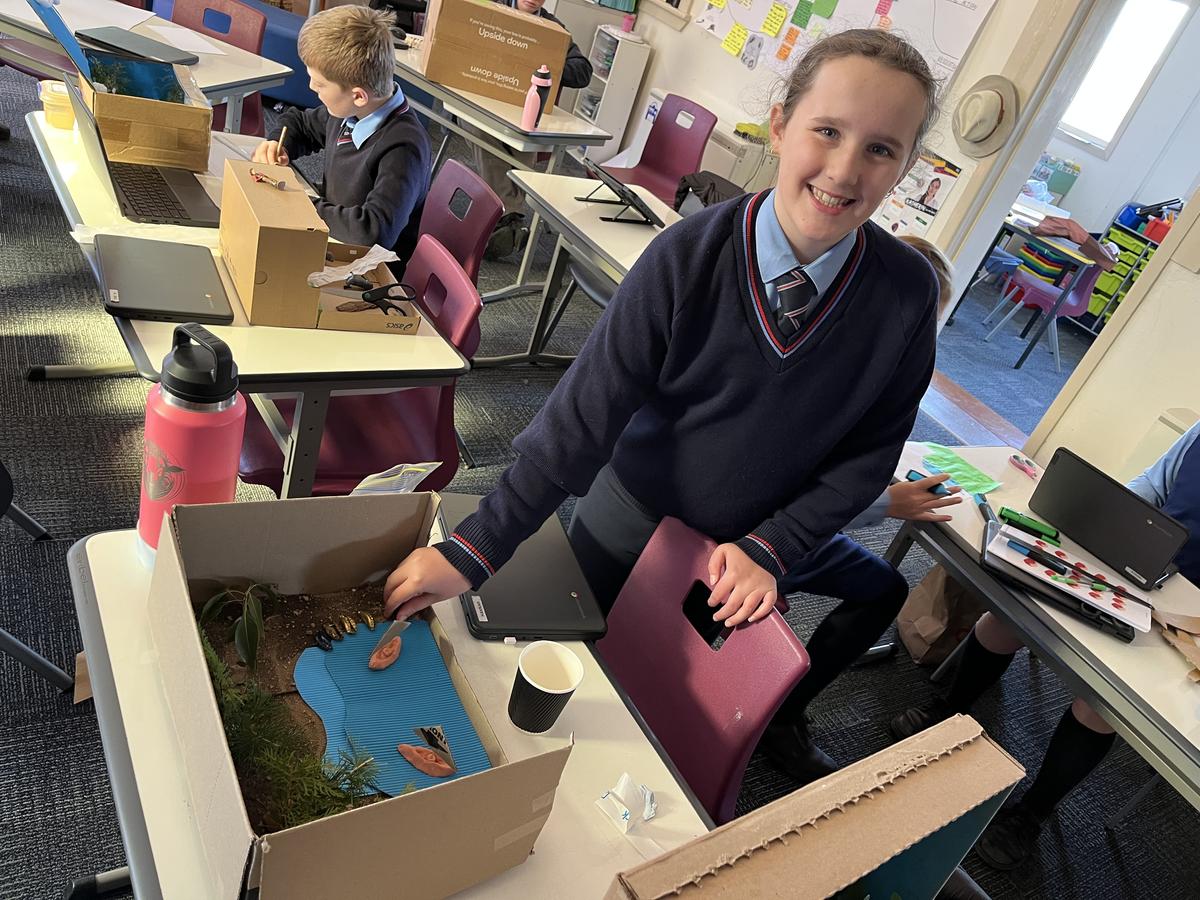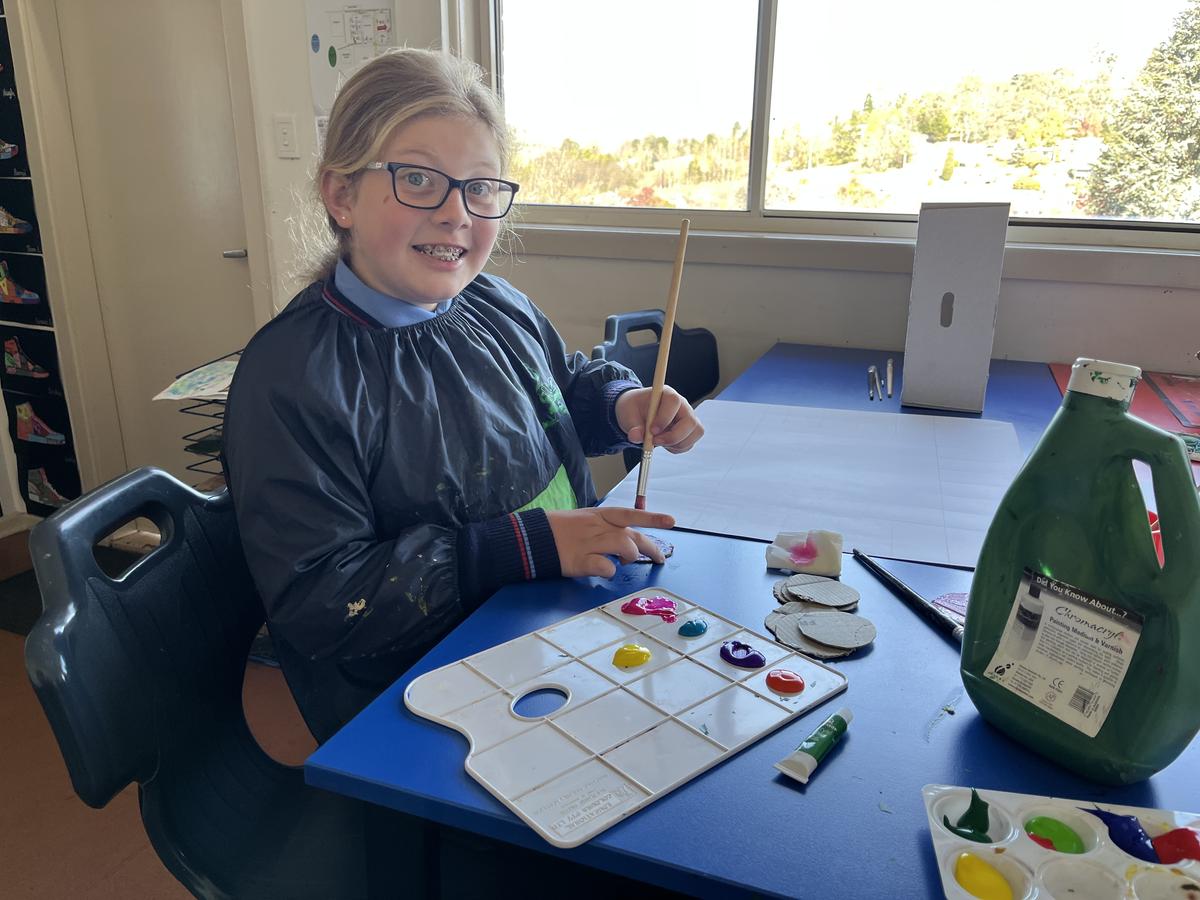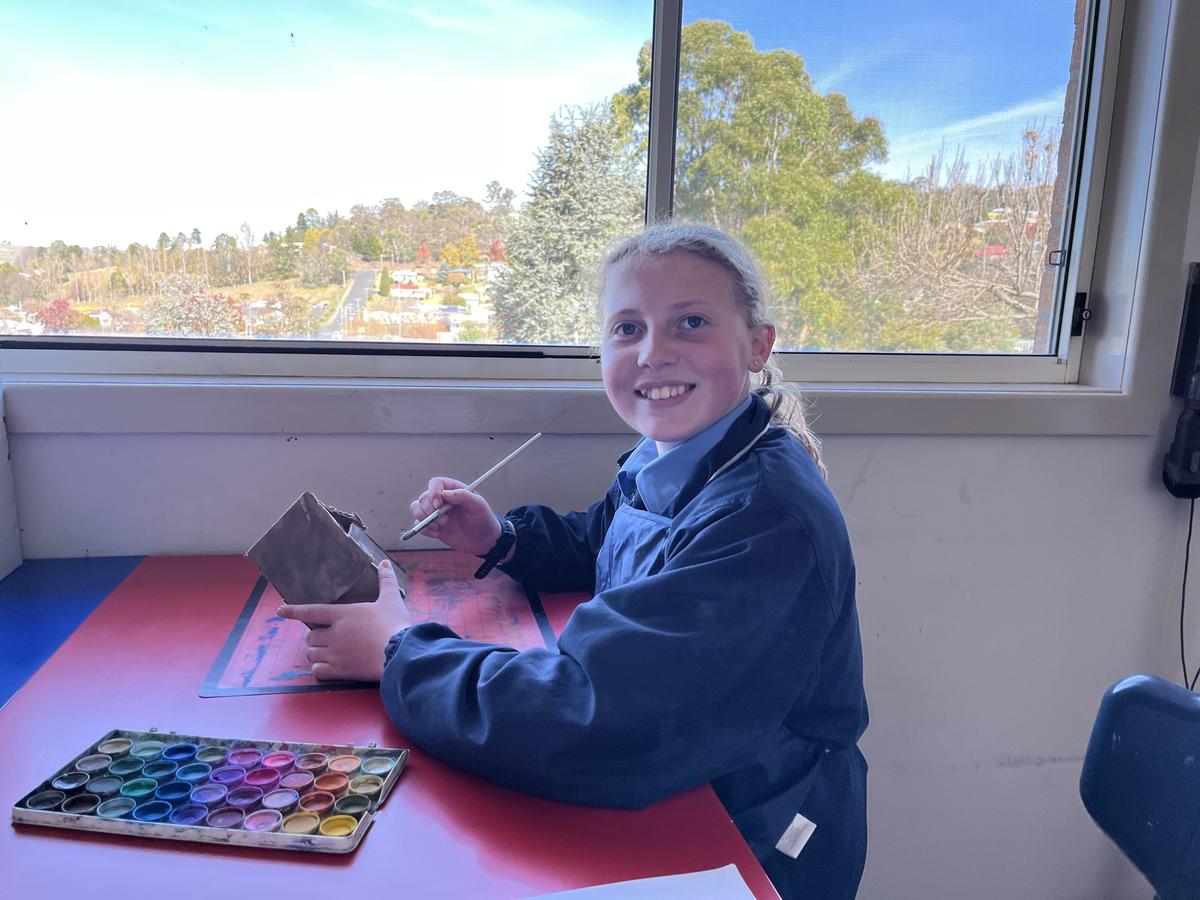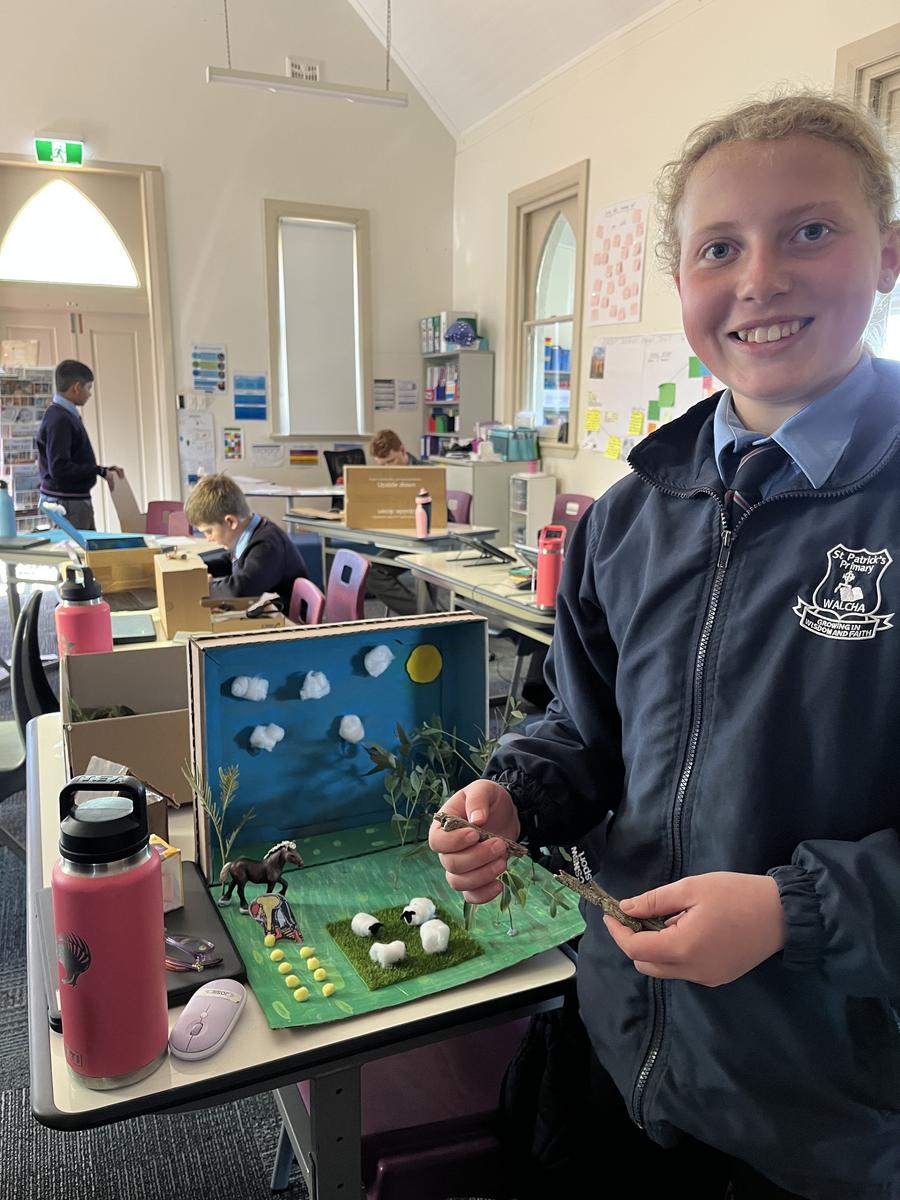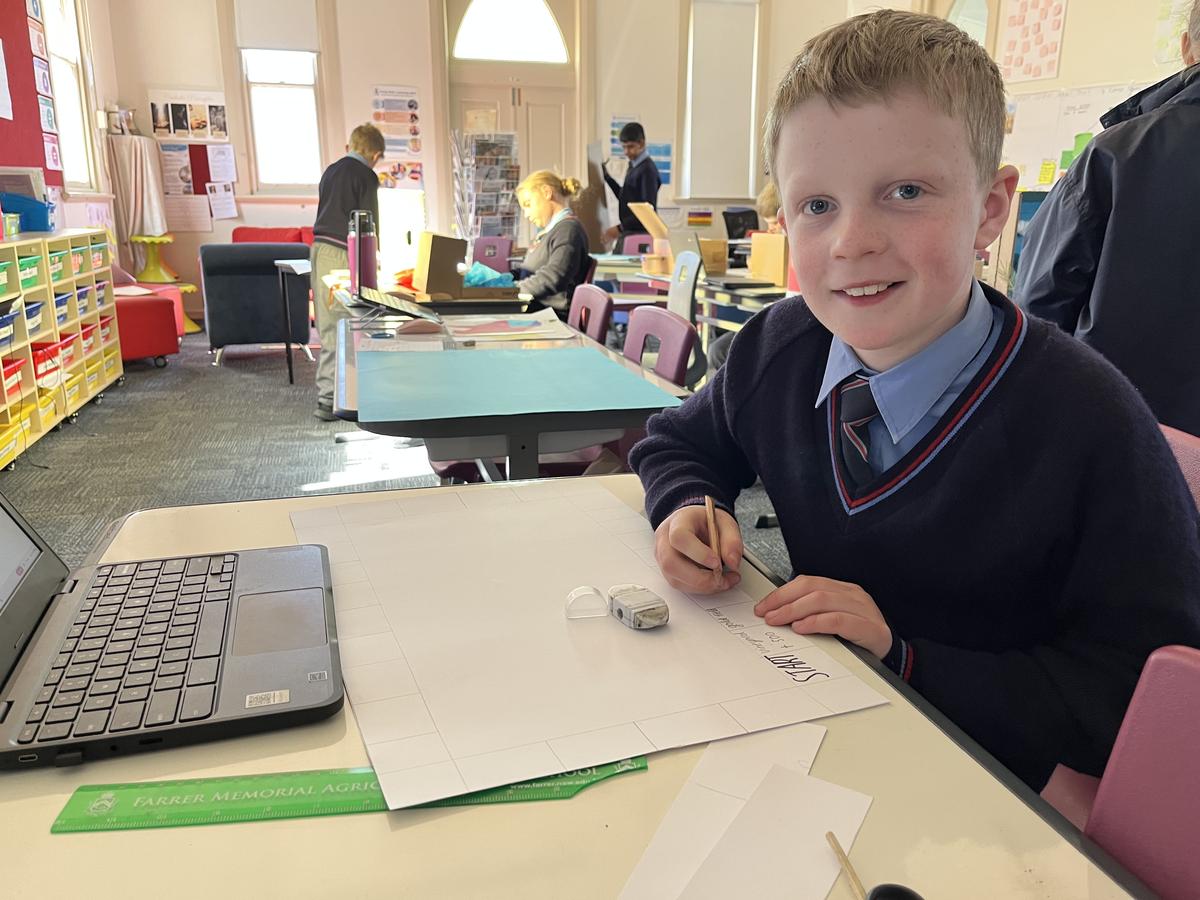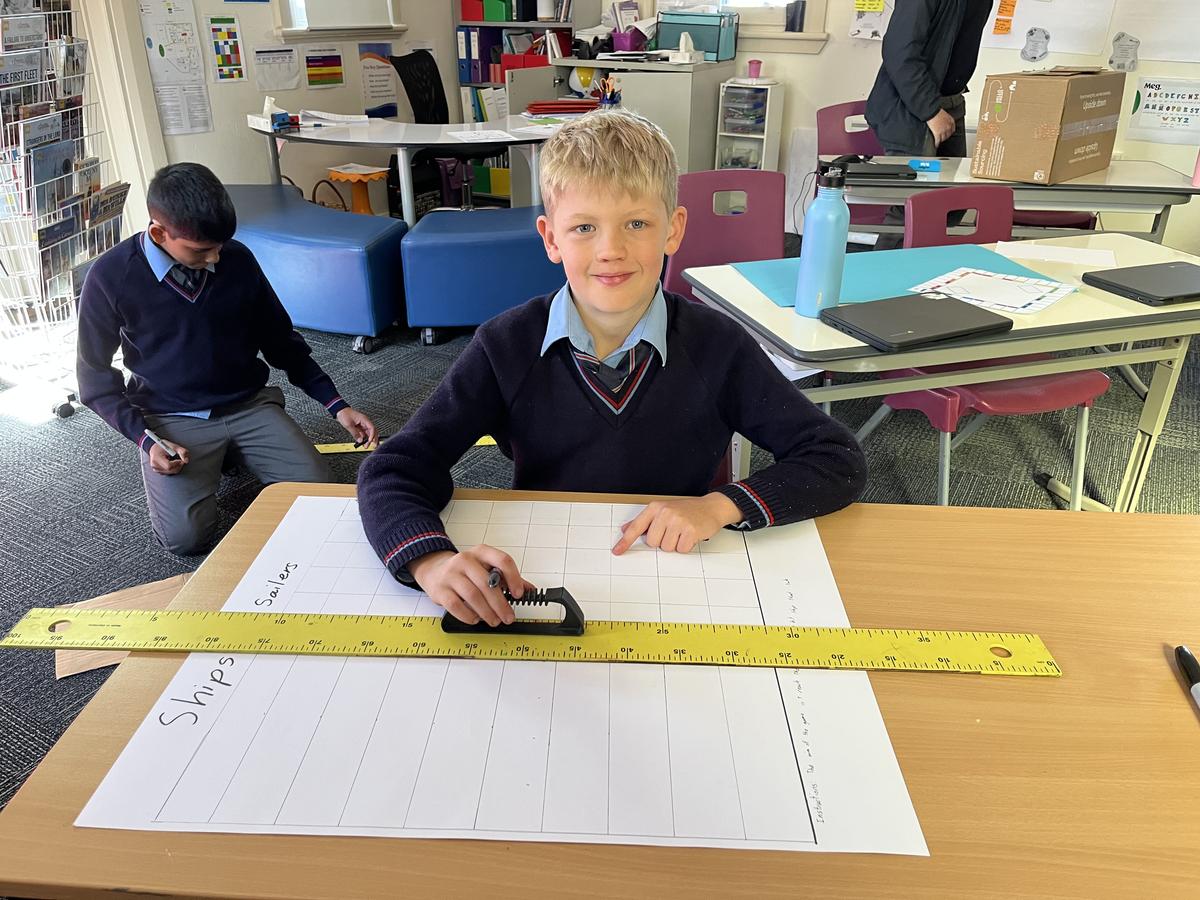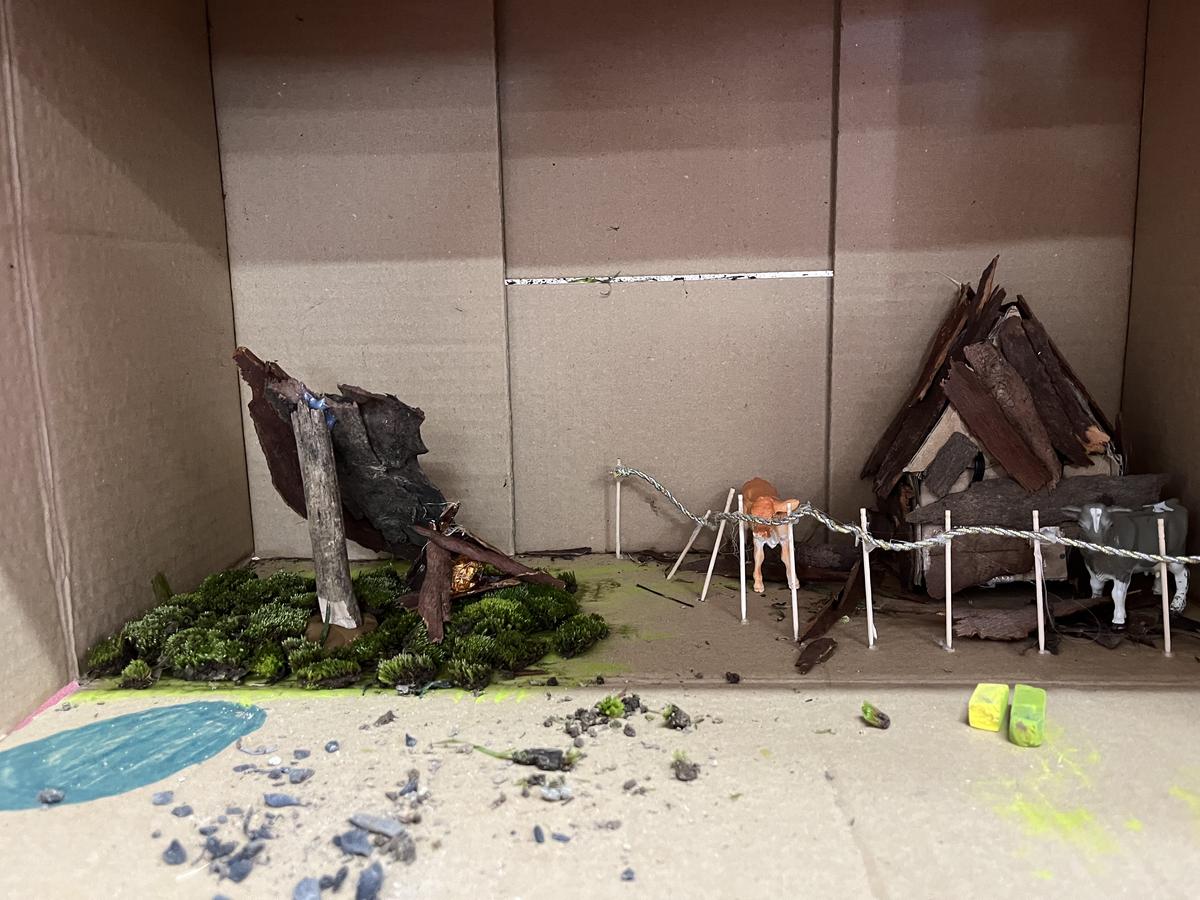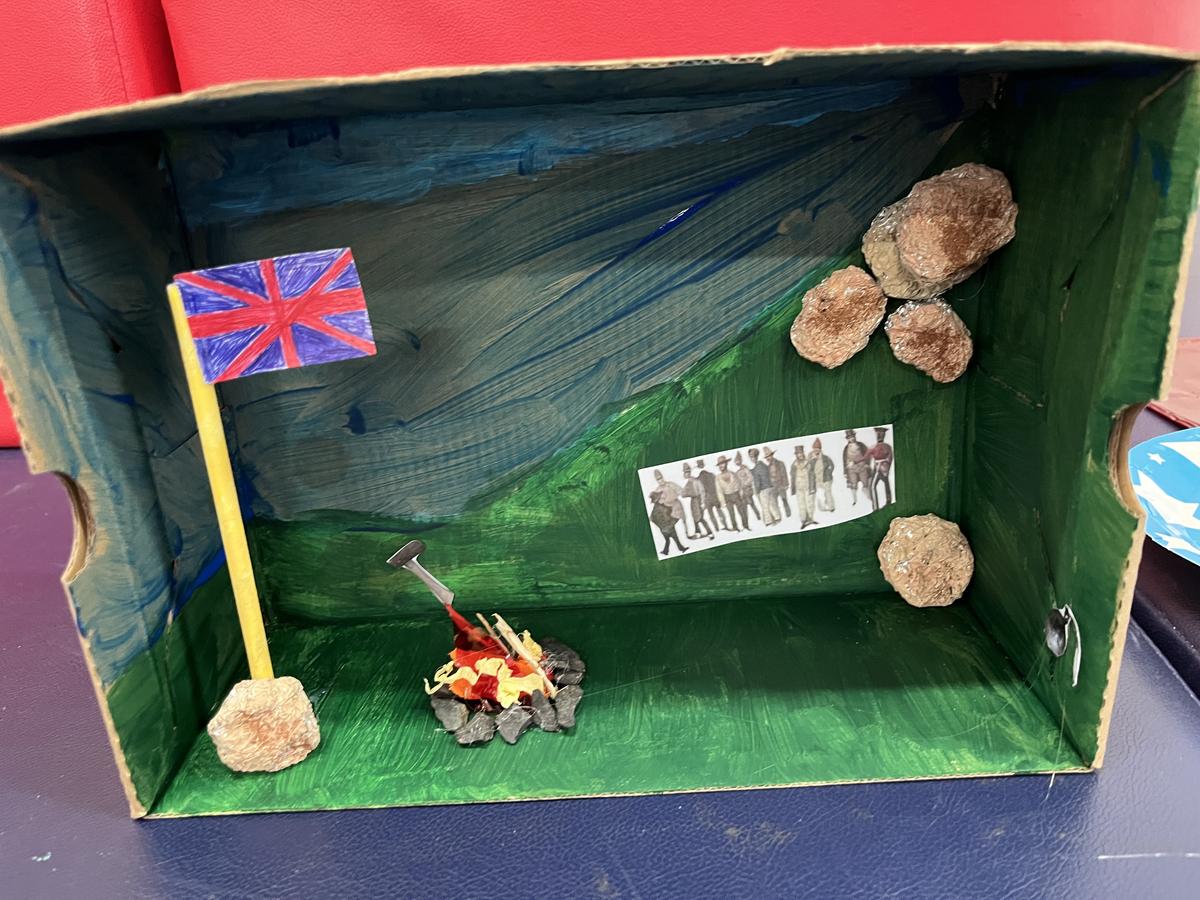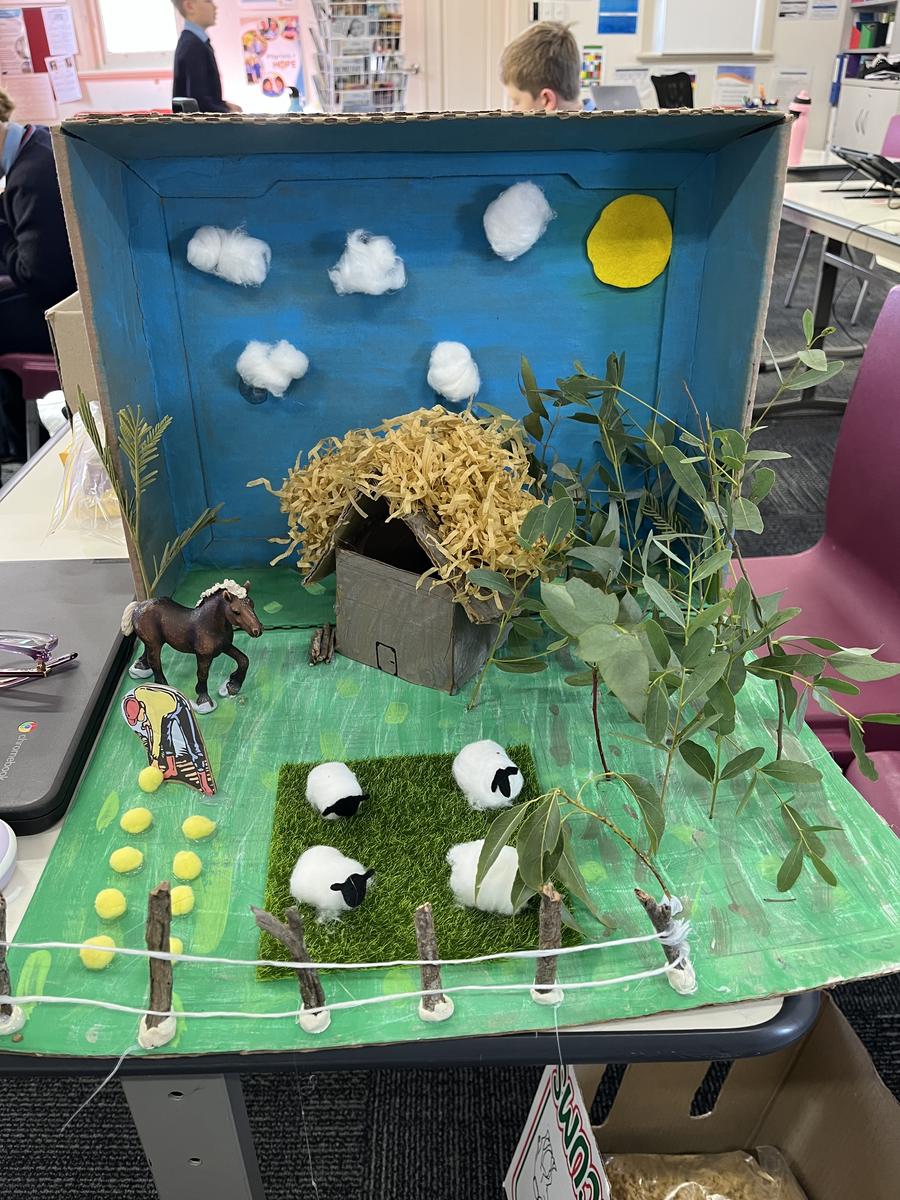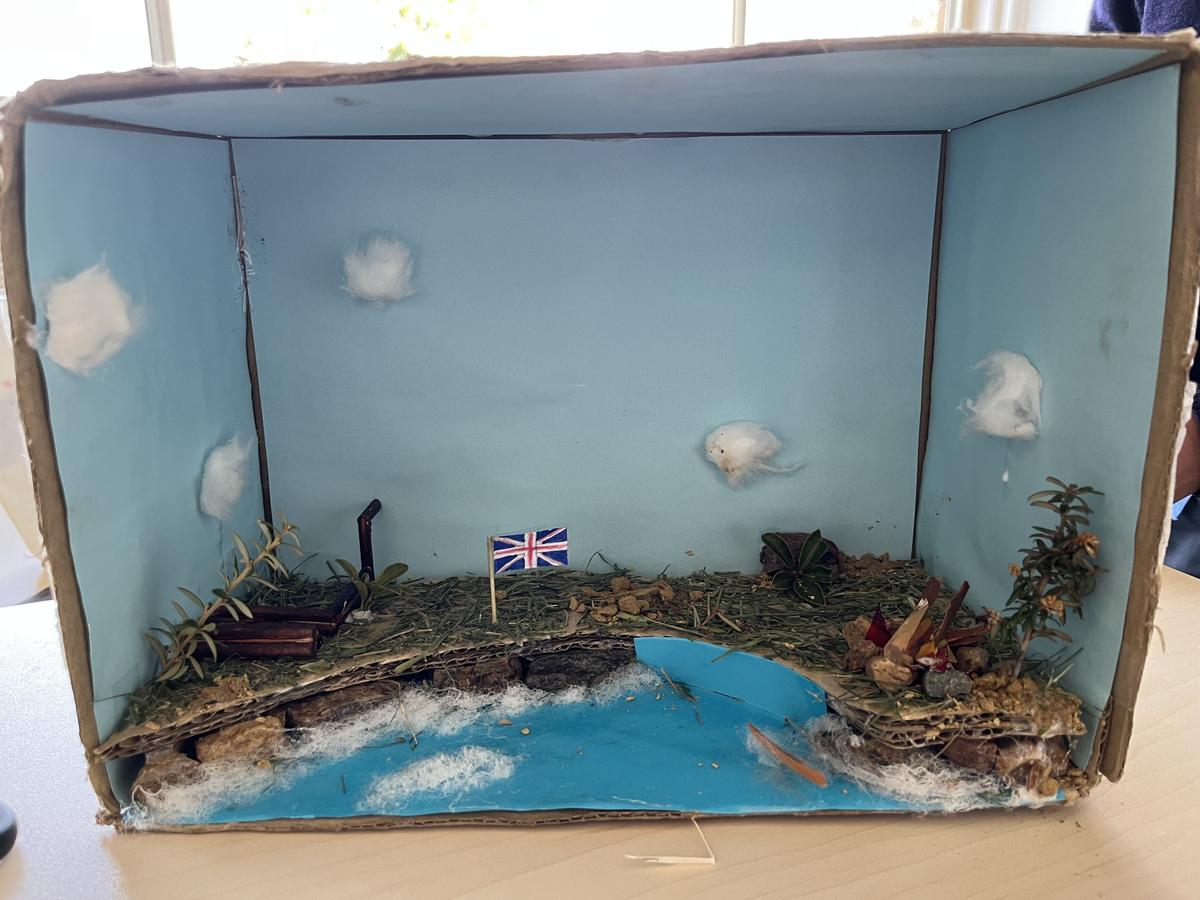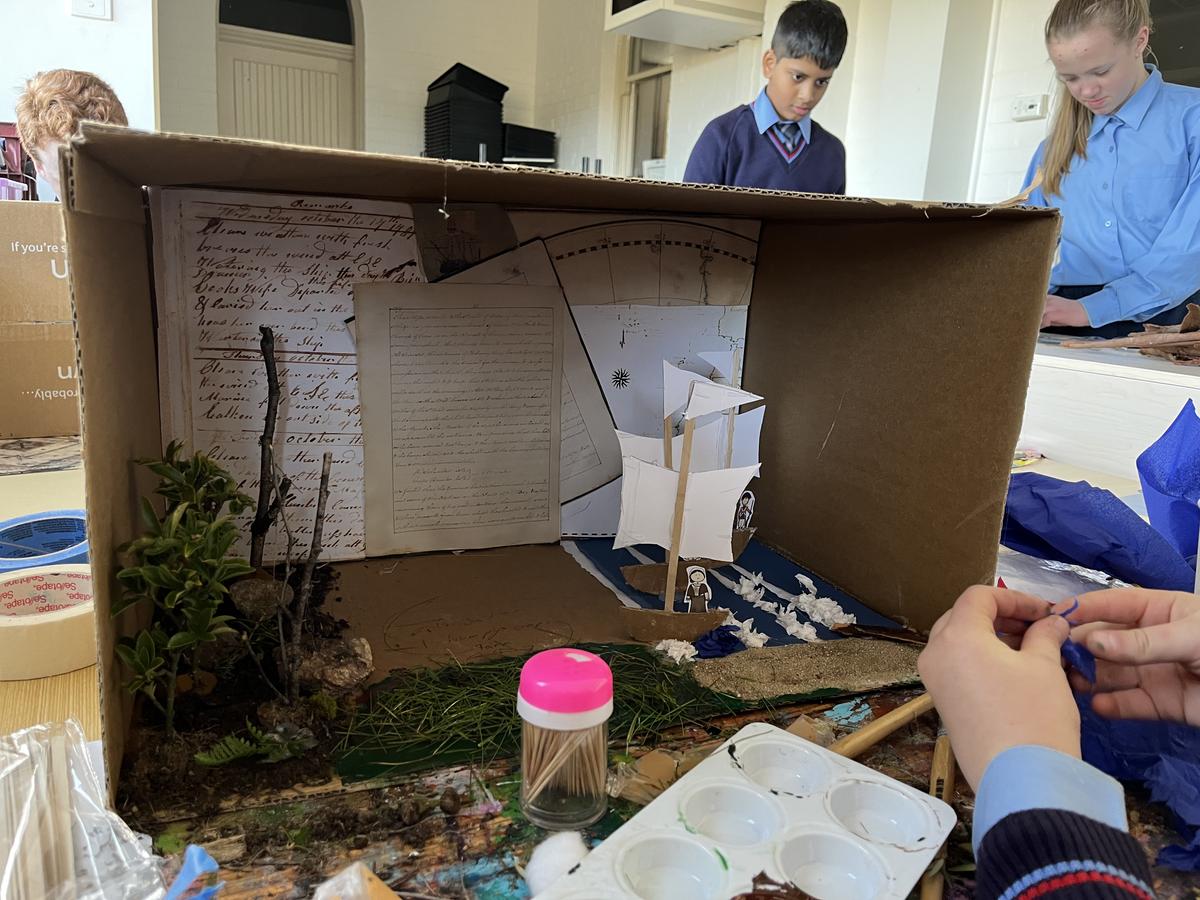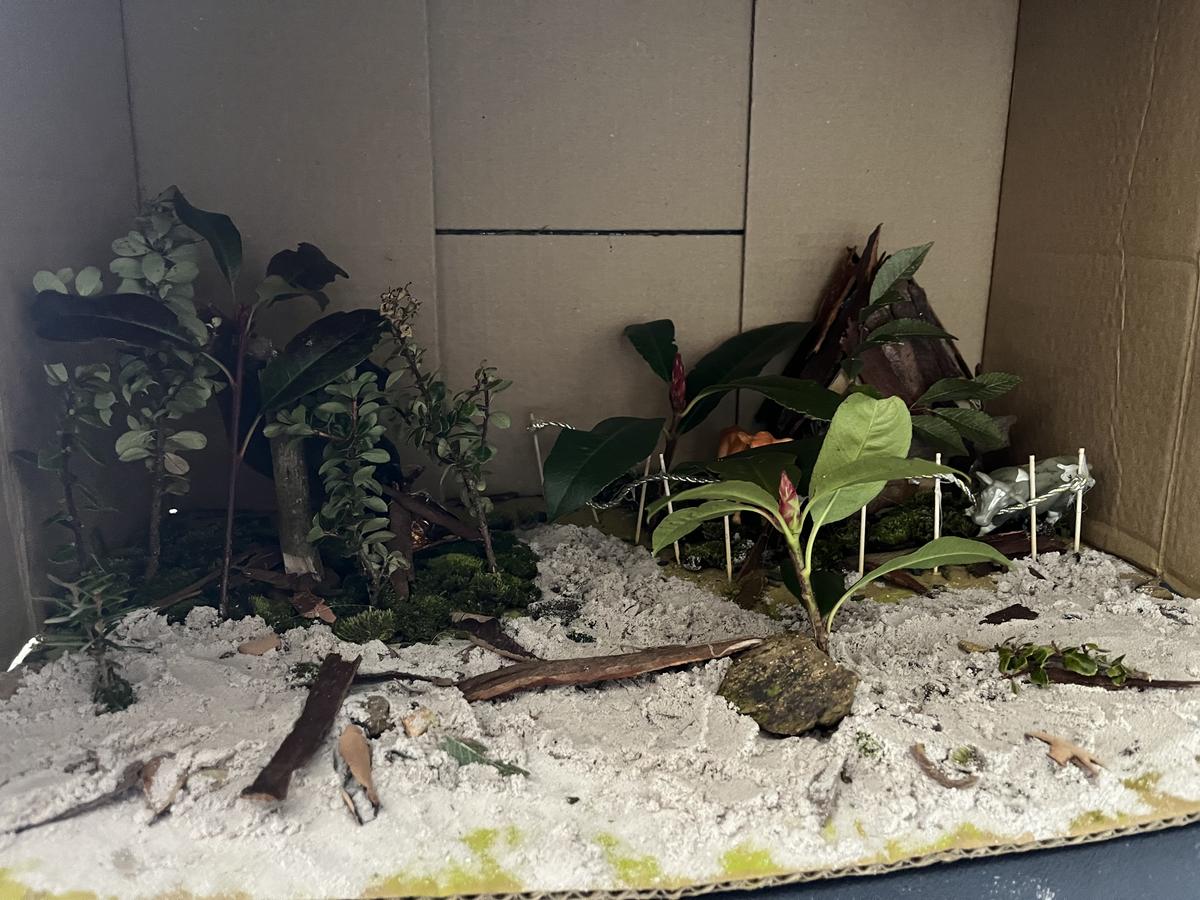Classroom Gallery
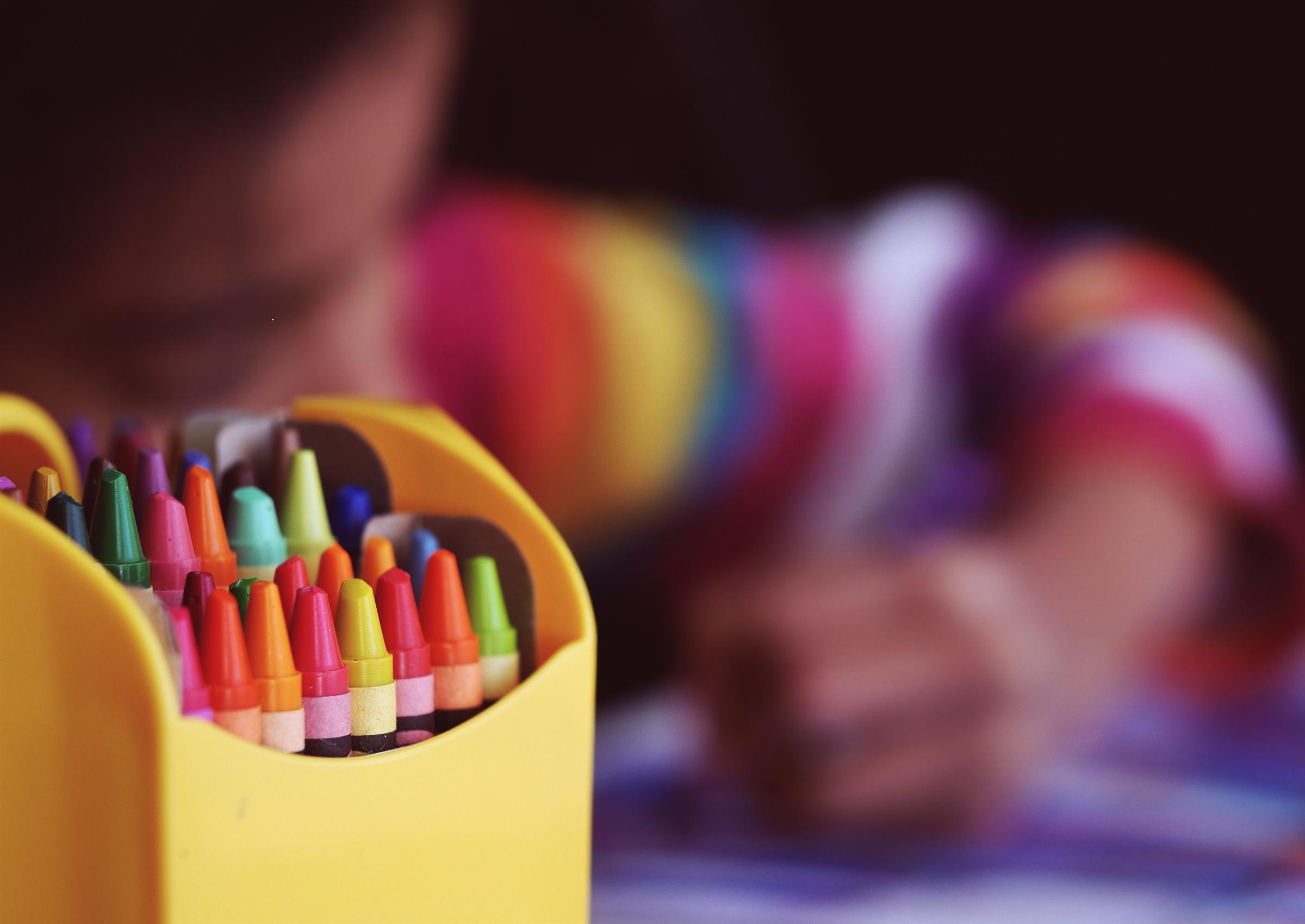
5/6 Newsletter
Maths - Time
In Maths we have been learning about Time. By the end of Year 5, students need to be able to read 12 and 24 hour time, and also be able to convert between them using am and pm notation. By the end of Year 6, students will have learned to use start and finish times to calculate the elapsed time of events, and be able to add and subtract time mentally using bridging strategies.
Tips for parents:
- Create Real-life Scenarios: Help your child understand the practical application of both 12- and 24-hour time systems by creating real-life scenarios. For example, discuss with them why 24-hour time is used in contexts like train schedules or international communication to avoid confusion between AM and PM. Additionally, when planning activities or events, involve your child in using both 12-hour and 24-hour time formats to schedule and organise their day.
- Practice Conversion Skills: Encourage your child to practice converting between 12-hour and 24-hour time formats regularly. Provide them with opportunities to work with different times and contexts. You can create activities where they convert between the two formats, using both digital and analogue clocks. Practice converting random times from 12-hour to 24-hour and vice versa, reinforcing the use of AM and PM notation where applicable.
- Utilise Timetables and Schedules: Introduce your child to real-life timetables and schedules that use both 12-hour and 24-hour time formats. This could include public transportation schedules, TV program guides, or sports event schedules. Guide them in reading and interpreting these timetables, emphasising the differences between the two time systems and how to navigate them. Engage them in discussions about why certain schedules use one format over the other, further reinforcing their understanding of when and why each system is used.
English
As part of our learning in English, students have been absorbed in the novel study: Rabbit, Soldier, Angel, Thief, by Australian children’s author, Katrina Nannestad. The book tells the story of six-year-old Sasha, a young boy who becomes a soldier during World War II. Sasha's village is burned by German soldiers, and he is later taken in by the Red Army, where he becomes a beloved part of the company. The story follows Sasha's experiences in Stalingrad and Berlin, and how he finds a family within the army, inspiring both German and Red Army soldiers
Through this novel study, the students have gained a deeper understanding of the textual concepts of ‘characterisation’ and ‘narrative’. They have explored the development of characters as depicted through their appearance, words, thoughts and actions. Additionally, they have explored the models of behaviour presented and how the relationship between characters enhances a reader’s engagement with the text. Students have thoroughly been enjoying this book and have also gained a lot of new historical knowledge.
Please see a letter written by Indie Powell from the perspective of Private Natasha Federova.
Dear Family,
As you can see, I'm still alive, but not well. I'm weak, I'm frail, I’m tired… Stalingrad has fallen to pieces. No more trees or flowers. No more children singing and dancing and laughing. Stalingrad is dead. Talking about children, I have met the most beautiful little boy by the name of Sasha. He brings joy to our troubled world. Our regiment’s sun. Lighting up our lives through this treacherous war. Like when we crossed the Volga river, we lost two of our beloved comrades, Tatiana and Babushka. We grieved for our loss. But Sasha? Deep down Inside he would fret for the world, the war, all the guns and German soldiers, but he shows love and kindness on the outside. He helps the men shave and trim their hair and beards. He feeds us when we are too weak and frail to do so ourselves. Though he does not have a gun or hand grenades, he fights in his head. Oh how he would miss his family and village, yet he fights on and lives on in his heart. Even when I’m doing my rounds on medic duty, he holds soldiers' hands, tells them that they will be ok and that they are brave. No matter what he’s there for them.
From Private Natasha Federova
By Indie Powell
History
In History, students have been investigating colonial Australia in the 1800s. Students have looked at the founding of the British colonies and the development of the colony of New South Wales. They have explored what life was like for different groups and have also examined significant events and people, political and economic developments as well as social structures and settlement patterns.
These key inquiry questions have guided our learning:
- What do we know about the lives of people in Australia's colonial past and how do we know?
- How did an Australian colony develop over time and why?
- How did colonial settlement change the environment?
To finish the unit, students have been tasked with a special project where they have each chosen to make either a diorama or a board game, based on the Australian Colonies.
Please see photos of us, busy at work!

